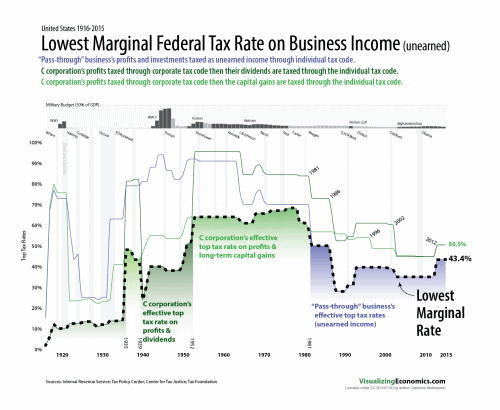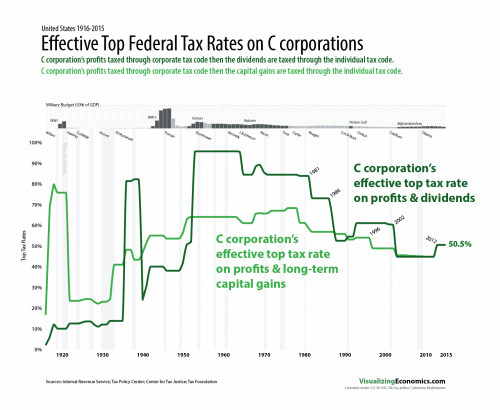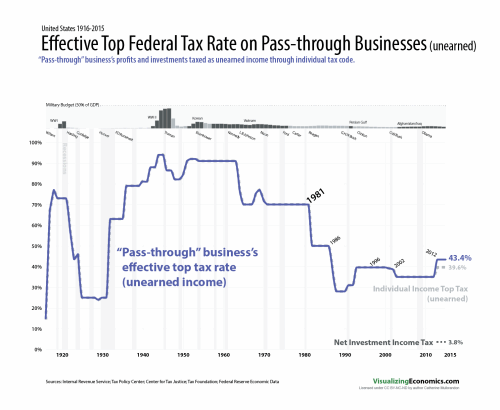Part 7 of a series about Taxing Businesses
As corporate savings decreased (as a consequence of increasing the number of pass-through businesses), it was not replaced by personal savings but by personal consumption. Since the 1980s, consumption as a percent of GDP, went from around 60% to 68% mostly due to more money spent on services.
Data source: Federal Reserve Economic Data
The codes used to download data:
DDURRE1A156NBEA Durable goods
DSERRE1A156NBEA Services
DNDGRE1A156NBEA Nondurable goods,








